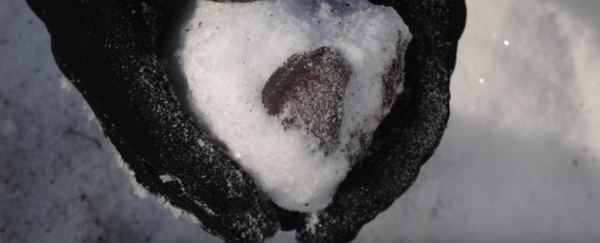A NASA-funded team of scientists is once again heading out to the Antarctic to look for fragments of frozen meteorites, in the hopes that these ice-encrusted rocks can teach us more about other planets and moons in our Solar System and beyond. Eight researchers make up this year's Antarctica Search for Meteorites (ANSMET) team, and the expedition is set to last almost six weeks.
What Antarctica has in its favour are its bright white glaciers that make space rocks easier to spot, the excellent preservation qualities of ice, and the natural way glaciers shed their layers to reveal what lies within them. The meteorite samples that the ANSMET team picks up should be of better quality here than almost anywhere else on Earth, and there's less chance of them getting lost or overlooked in this barren wilderness.
"These meteorites can help us understand the formation and evolution of our solar system," said one of the researchers, Nina Lanza. "They come from planets, their moons and asteroids. Few of these Solar System bodies will be visited by NASA in our lifetimes and this is a superb opportunity to collect material from across the solar system without having to leave the Earth."
You can keep up with the group's endeavours via a series of 1-minute YouTube clips the team members are going to be uploading while they're out in Antarctica. Meteorites that have been trapped for thousands or even millions of years could be discovered by the NASA-backed team, Lanza explains in the first of the clips.
Once dug out of the ice, the meteorites will then be sent back to the NASA Johnson Space Centre and the Smithsonian Institute for further analysis.
More than 200 people have participated in ANSMET expeditions, including six astronauts, since the the first one was launched 40 years ago. In that time around 20,000 specimens have been brought back for further study, giving us a peek at what other planets are made out of. What's more, thanks to the natural movements of the glaciers, scientists can pinpoint particular places to look.
"So [the meteorite] is stuck in the glacier as the glacier moves, but if it runs into a mountain range the ice will slow down," Lanza explained to Clinton Nguyen at Motherboard. "Then the wind from the centre of the continent will ablate, or remove the ice from these areas that aren't moving."
This process effectively concentrates meteorite remains in certain fixed parts of the glacier.
And just like that, we want to pack up, move to Antarctica, and become meteorite hunters.
